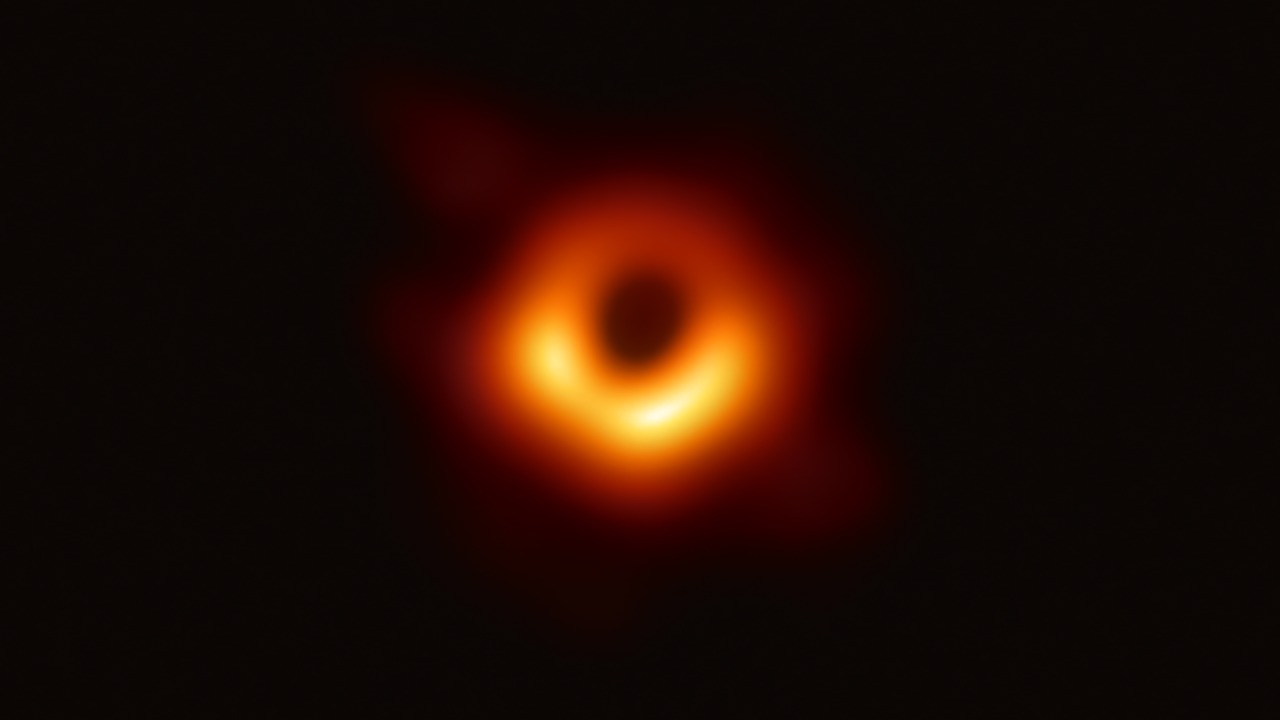
With the promise of detecting primordial black holes formed at the dawn of time, NASA’s Roman Space Telescope is set to offer unprecedented insights into the universe’s earliest structures. The James Webb Space Telescope (JWST) has already begun to unravel the truth about the universe’s first black holes, revealing they are not as exotic as once thought. Furthermore, the JWST’s MINERVA initiative is enhancing our understanding of the Cosmic Dawn, while a recent discovery fuels speculation about whether our universe is trapped inside a black hole.
The Promise of NASA’s Roman Space Telescope
The Roman Space Telescope, designed to hunt primordial black holes, employs a technique known as gravitational microlensing. This method allows the telescope to detect the gravitational effects of these ancient black holes on the light from distant stars. The wide-field imaging of the Roman Space Telescope will scan billions of stars, identifying the signatures of ancient black holes from the universe’s infancy.
With a launch timeline set, the Roman Space Telescope will play a crucial role in probing events from the dawn of time, connecting to broader NASA missions. This revolutionary telescope is expected to provide a wealth of data that will help scientists better understand the early universe and its mysteries.
Primordial Black Holes: Relics from the Universe’s Birth
Primordial black holes are hypothetical remnants formed in the extreme conditions right after the Big Bang. The Roman Space Telescope targets these elusive entities, which are believed to have contributed to dark matter and caused early universe density fluctuations. Detecting these black holes could confirm theories about the cosmos’s initial expansion phase, providing a unique window into the universe’s birth.
JWST’s Revelations on the First Supermassive Black Holes
Findings from the JWST in November 2025 have shown that the universe’s first black holes formed more rapidly and commonly than previously thought, making them less exotic. Data from distant quasars indicate these black holes grew to millions of solar masses within the first billion years. These observations have led to revised models of black hole seeding in the early universe, backed by JWST’s infrared capabilities.
Unraveling the Cosmic Dawn with MINERVA
The JWST’s MINERVA project, launched in September 2025, is a key tool for studying the Cosmic Dawn when the first stars and galaxies ignited. MINERVA uses spectroscopic analysis to map reionization processes and early black hole influences on cosmic evolution. Specific JWST data sets from MINERVA trace light from the universe’s formative era, around 13 billion years ago, providing invaluable insights into the early universe.
The Mind-Bending Hypothesis: Our Universe Inside a Black Hole
A discovery by the JWST in March 2025 suggested cosmic structures resembling black hole interiors, prompting theories that our universe may be trapped inside a black hole. Supporting evidence from JWST’s observations of galaxy distributions and expansion rates align with black hole cosmology models. This hypothesis has significant implications for multiverse theories and challenges standard Big Bang narratives without contradicting established physics.
Future Impacts on Black Hole Research
The combined data from the Roman Space Telescope and JWST will refine timelines for black hole formation from the dawn of time. This synergy is predicted to advance the detection of intermediate-mass black holes starting in the late 2020s. The broader scientific ripple effects include tests of general relativity and dark energy models informed by these telescopes, promising a new era of understanding about our universe and its origins.
More from MorningOverview